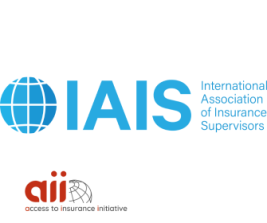Covid-19: On approaches to solvency requirements so far
Covid-19: On approaches to solvency requirements so far

In light of the ongoing Covid-19 situation, regulators worldwide have been forced to respond quickly in terms of prudential and consumer protection measures, as well as operational relief. To date, prudential measures have been observed to be stronger in the banking sector. The scale of impact on the solvency positions of the insurance sector is still unfolding, and so most insurance supervisors are currently closely monitoring insurance assets and liabilities, investment portfolios and liquidity, all the while maintaining constant engagement with insurers.
Supervisors, particularly those who have adopted risk-based capital frameworks, will have a range of “tools” ready at their disposal to mitigate the impact of Covid-19.
Supervisors, particularly those with risk-based capital (RBC) frameworks, will have a range of “tools” ready at their disposal to mitigate the impact of Covid-19. Some supervisors have already factored in pandemic risk into current solvency capital calculations. The Solvency II framework for instance “includes a ladder of supervisory intervention between the Solvency Capital Requirement and the Minimum Capital Requirement”. Some jurisdictions have also carried out stress tests based on pandemic scenarios such as the 1918 influenza. Where stress tests have been carried out, the sector would likely be better capitalised to withstand Covid-19. Some are now updating or conducting further stress tests on plausible scenarios arising from the prevalence of the disease.
Relief measures - Bank Negara Malaysia case
Bank Negara Malaysia (BNM) is one of the few insurance supervisors seen to have announced explicit changes to capital adequacy calculation requirements. From 31 March, BNM will reduce the interest rate stress factor caps applied under its RBC framework for insurers (and equivalently, the profit rate stress factor caps for takaful operators) from 40% to 30%. Revising the maximum stress factor downwards helps to moderate the amount of capital required for interest rate risk, potentially offering some stability and much-needed relief for insurers in times of uncertainty.
BNM noted in the announcement that “these changes are in line with planned enhancements to improve the risk capture and overall consistency of the Frameworks”. This brings to light the importance of responding with caution and long-term thinking in mind. The press release notes that the lower interest rate caps are meant to “reflect the changes in the prevailing market conditions since the stress factors were first set in 2009”. It is likely that the change in capital requirements are not so much a transient response to Covid-19, but rather a long-term move reflecting changes in market conditions over the past decade, that was especially timely to introduce now.
A key consideration is that changes should not be disruptive nor difficult to unwind down the road.
A key consideration is that changes should not be disruptive nor difficult to unwind down the road. Borrowing the words of the Financial Times: “Re-rigging a ship is a difficult task at any time. Best perhaps not to start in the middle of a storm.” Supervisors do not always have to introduce hardcoded changes to solvency and capital requirements, and can also rely on bilateral or internal supervisory adjustments. Under BNM’s RBC framework, supervisory case officers can work bilaterally with each insurer on a case-by-case basis, to assess the company based on its circumstances and decide on where and how to intervene.
The balancing act: prudential measures and policyholder protection
Some regulators have used the well-worn “moral suasion” method: for instance, supervisory letters reminding the industry to bear safety and soundness and policyholder interest in mind when deciding on dividend payouts and bonuses. Some policymakers have gone a step further to push insurers to pay out to businesses and households affected by the pandemic, although this has not necessarily been well received. This raises the question - where is the line between the moral responsibility and business interest of insurers in exceptional times such as these?
As always, balance is important. As much as regulators and lawmakers have a responsibility to protect policyholders, it is also in the long-term interest of society at large that insurers continue to be solvent. EIOPA says it best: ‘Insurance companies should take measures to preserve their capital position in balance with the protection of the insured, following prudent dividend and other distribution policies, including variable remuneration.’ This post has mainly reflected on one side of the balance - prudential measures - so far. For further information on actions that supervisors are taking in terms of consumer protection, I recommend reading Andrea Camargo’s blog post.
Share this article
Also in Blog



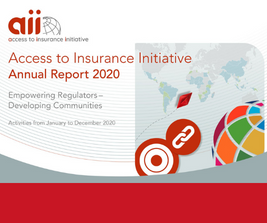





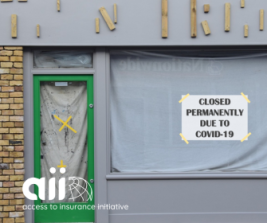


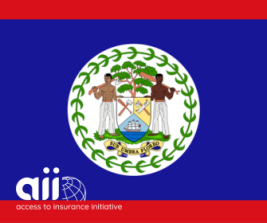

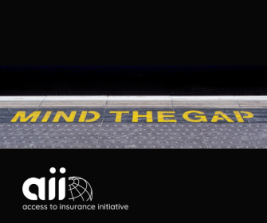

Authors
Posts by Author
Topics Cloud
Subscribe to our list
Receive notifications when we publish new blog entries
Subscribe here
